We’ve all been there. You’ve just finished a delicious, protein-packed smoothie, feeling proud of your healthy choice, and then it hits: that uncomfortable, ballooning sensation in your stomach. It’s a common frustration that can make you want to give up on vegan protein powder altogether. But what if the powder itself isn’t the only problem? Often, the real issue lies in how it's made and how we use it.
Why Your Protein Powder Might Be Upsetting Your Stomach
Before you blame all vegan proteins, it helps to know what’s actually in the tub. Most vegan powders are derived from sources like pea, brown rice, soy, or hemp. Each has its own personality. Pea protein, for instance, is a legume, and just like beans, it can sometimes cause a bit of gas for those with sensitive digestive systems. But more often than not, the discomfort isn't from the protein source itself.
The real culprits behind vegan protein powder bloating are frequently the additives used to improve texture and taste. Gums like xanthan or guar gum are used as thickeners, but they can be tough for some people to digest. The same goes for certain sugar alcohols like erythritol and xylitol, which are popular in low-calorie products but notorious for causing digestive distress.
Understanding these potential triggers is the first step. It’s not about avoiding protein powder, but about choosing a smarter, cleaner one. When you know what to look for, you can easily find a powder that works with your body, not against it.
| Protein Source | Potential Digestive Pro | Potential Digestive Con |
|---|---|---|
| Pea Protein | Hypoallergenic and rich in iron. | As a legume, it can cause gas/bloating in sensitive individuals. |
| Brown Rice Protein | Very gentle on the stomach; often considered hypoallergenic. | Can have a slightly gritty texture if not blended well. |
| Soy Protein | A complete protein with all essential amino acids. | A common allergen; some people are sensitive to soy. |
| Hemp Protein | Contains fiber and healthy fats, which can aid digestion. | Its earthy flavor isn't for everyone; lower protein concentration. |
Mastering Portion Control for Comfortable Digestion

When it comes to protein powder, our instinct can be to go big. If one scoop is good, two must be better, right? Not exactly. One of the simplest ways to prevent bloating is to rethink your portion size. Your digestive system is a creature of habit, and suddenly overwhelming it with a large dose of concentrated protein can cause a traffic jam.
The key is to start low and go slow. If you’re new to a powder or have a sensitive stomach, begin with just half a scoop, which is typically around 10 to 15 grams of protein. This gives your body a chance to adapt. You might find that this smaller amount is all you need to feel satisfied and energized. There’s no need to overdo it; research shows that a moderate serving of 20 to 30 grams of protein is effective for supporting muscle health and satiety.
Here’s a practical tip for your meal prep routine: get out your kitchen scale. Spend five minutes at the start of the week pre-portioning your protein powder into small, reusable containers. This simple step ensures you’re using a consistent amount each day and prevents the accidental "extra-large" scoop on a busy morning. Knowing exactly how to use vegan protein powder in the right amounts is a huge step toward comfortable digestion.
Finally, remember that hydration is your digestive system’s best friend. A dense scoop of powder needs plenty of liquid to dissolve properly. Without enough water, it can form a thick, hard-to-digest sludge in your stomach. So, as you manage your portions, make sure you’re also drinking enough water throughout the day.
Easy, Gut-Friendly Meal Prep Ideas
Now for the fun part: turning that powder into delicious, easy-to-digest meals. The way you prepare your protein can make a world of difference. Instead of just shaking it with water, try incorporating it into foods that are naturally gentle on your stomach. These high protein vegan meal ideas are designed for both convenience and comfort.
Blend It or Soak It: Smoothies and Overnight Oats
Blending or soaking your protein powder essentially starts the digestion process for you. In a smoothie, the powder is broken down and evenly distributed. For a simple start, blend half a scoop of protein powder with a banana, a handful of spinach, a spoonful of almond butter, and your favorite plant-based milk. Similarly, stirring protein powder into overnight oats allows it to soften and integrate, making it much easier on your system.
Roll It: No-Bake Energy Bites
No-bake energy bites are perfect for easy vegan protein meal prep. Combining protein powder with fiber from oats and healthy fats from nut butter helps slow down digestion, preventing a sudden protein overload. A simple formula to follow is one part protein powder, two parts oats, and enough nut butter and a liquid sweetener (like maple syrup) to bind it all together. Roll into balls and store in the fridge for a quick, satisfying snack.
Bake It: Protein-Boosted Muffins and Pancakes
Did you know you can bake with protein powder? Adding it to muffins, pancakes, or waffles is a great way to boost your breakfast. As a rule of thumb, start by replacing about one-fourth of the flour in your recipe with protein powder. And don't worry about the heat—according to The Protein Chef, cooking protein powder does not destroy its nutritional value; it simply changes its structure, much like cooking an egg. Once you've mastered these basics, you can find more delicious ideas in our guide to 3 easy vegan protein recipes you'll actually crave.
Stir It: Savory Protein Boosts
Protein powder doesn’t have to be sweet. An unflavored or neutral-tasting vegan protein can be stirred into savory dishes to increase their protein content without altering the taste. Try adding a small amount to creamy soups, pasta sauces, or even mashed potatoes for a hidden protein punch.
Balancing Your Plate for Optimal Digestion

Think of your meal as a team. Protein powder is a star player, but it performs best with a strong supporting cast of carbohydrates and fats. A meal consisting of only protein can be hard on your digestive system because it gets processed very quickly. By creating a balanced plate, you encourage a slower, more controlled digestive process, which is key to avoiding discomfort.
The goal is to pair your protein with complex carbohydrates and healthy fats. Carbs like oats, fruits, and sweet potatoes provide sustained energy, while fats from sources like avocado, nuts, and seeds help promote satiety and slow down gastric emptying. This prevents that rapid "dump" of protein into your gut that can lead to bloating and cramps.
A simple template for building balanced and satisfying high protein vegan meal ideas is:
- 1 serving of protein powder
- 1 serving of healthy fat (e.g., a tablespoon of chia seeds or a quarter of an avocado)
- 1-2 servings of complex carbs or fiber (e.g., half a cup of berries or oats)
This could look like a smoothie bowl with protein powder, topped with walnuts and fresh berries, or protein pancakes served with a side of fruit. Applying this principle to all your meals ensures you’re not just getting protein but also creating a well-rounded, digestible, and satisfying dish. Building balanced meals is a cornerstone of a healthy lifestyle. For more tips on nutrition and wellness, feel free to explore our blog.
Common Meal Prep Mistakes to Sidestep
Sometimes, avoiding discomfort is as much about what you don't do as what you do. Even with the perfect powder and a balanced recipe, a few common habits can lead to vegan protein powder bloating. Here are some mistakes to watch out for.
- Mixing with too little liquid. We’ve all tried to quickly mix a scoop of powder with a splash of water in a hurry. This often creates a thick, gritty sludge that’s tough for your stomach to break down. Always use enough liquid to ensure your powder dissolves completely into a smooth, drinkable consistency.
- Forgetting to hydrate throughout the day. A higher protein intake requires more water to help your kidneys process it and to keep your digestive system moving smoothly. If you’re meal prepping with protein powder, make sure you’re sipping water consistently all day long, not just with your shake.
- Relying only on supplements. Remember, it’s called a supplement for a reason. It’s meant to supplement a diet rich in whole foods, not replace it. If your diet lacks fiber from fruits, vegetables, and whole grains, your digestion may suffer, regardless of your protein powder choice.
- Poor timing. Chugging a large protein shake right before a run or a heavy lifting session is a recipe for cramps. Your body needs time to digest. Try to consume your protein-rich meal 60 to 90 minutes before your workout or within an hour after to support recovery without discomfort.
Finding the Best Vegan Protein for Your Body
Ultimately, every body is different. The powder your friend loves might not be the one for you. The journey to finding the best vegan protein for a sensitive stomach often involves a little personal experimentation. If you suspect a certain source like pea or soy is causing issues, try a single-source powder like brown rice or hemp protein to see how you feel.
The most important action you can take is to become a label detective. Flip that container over and read the ingredient list. A high-quality powder should have a short, recognizable list of ingredients. If you see a long list of gums, fillers, artificial sweeteners, or words you can’t pronounce, it might be best to put it back on the shelf. A powder with a minimal ingredient list, like our Chocolate Vegan Protein, is often a great place to start.
If you're ready to find your perfect match, our guide to the best protein powders can help you compare your options. What are your favorite gut-friendly protein tips? Share them in the comments below!



